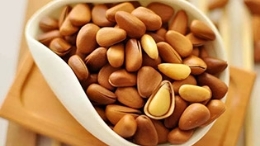💗Padparadscha is a very rare gemstone. It is the only corundum variant in the corundum family, besides ruby and sapphire, that has its own name. In standard daylight, it has a bright, light to moderately saturated color “with two shades of pink and orange”. Padparadschais also known as “Padmaraga” sapphire, “Lotus sapphire”.
💗The name is derived from the indigenous Sinhala word “Padmaraga”, where Padma = lotus and Raga = color, the wonderful color of the red lotus flower, representing the holiness of piety and the beauty of life, is the color of the religious believers in the heart of the immensely sacred, and Padparadscha happens to have this mysterious holy color, and is therefore also called the “Lotus Sapphire”. The national flower of Sri Lanka is the lotus, so it is natural that Padparadscha is also regarded as a national treasure by Sri Lankans.
🔸Crystal structure: Tetragonal crystal system
🔸Composition: Aluminum oxide (AI203)
🔸Hardness:9Specific gravity:4.00
🔸Refractive index:1.76~1.77
🔸Birefringence:0.008
🔸Luster:Glassy

✅Colors
➡The colors of Paparacha consist of pink and orange, although the colors are usually unevenly distributed.Therefore, padparadscha has two major colors:
🟠ORANGE PINK (pink with orange tones), 70% pink + 30% orange.The best orange-pink color is called “sunrise”colors.
💗PINKISH-ORANGE (orange with pink tones), 70% orange + 30% pink. The best pinkish-orange colors are called “sunset “colors.
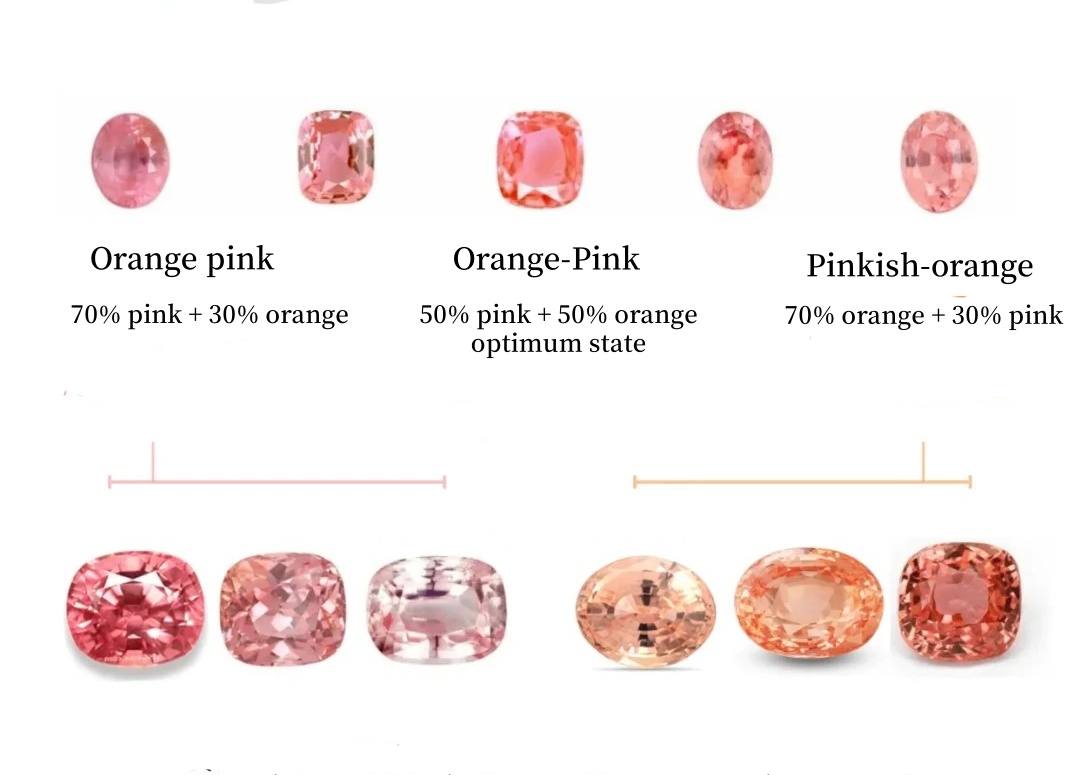
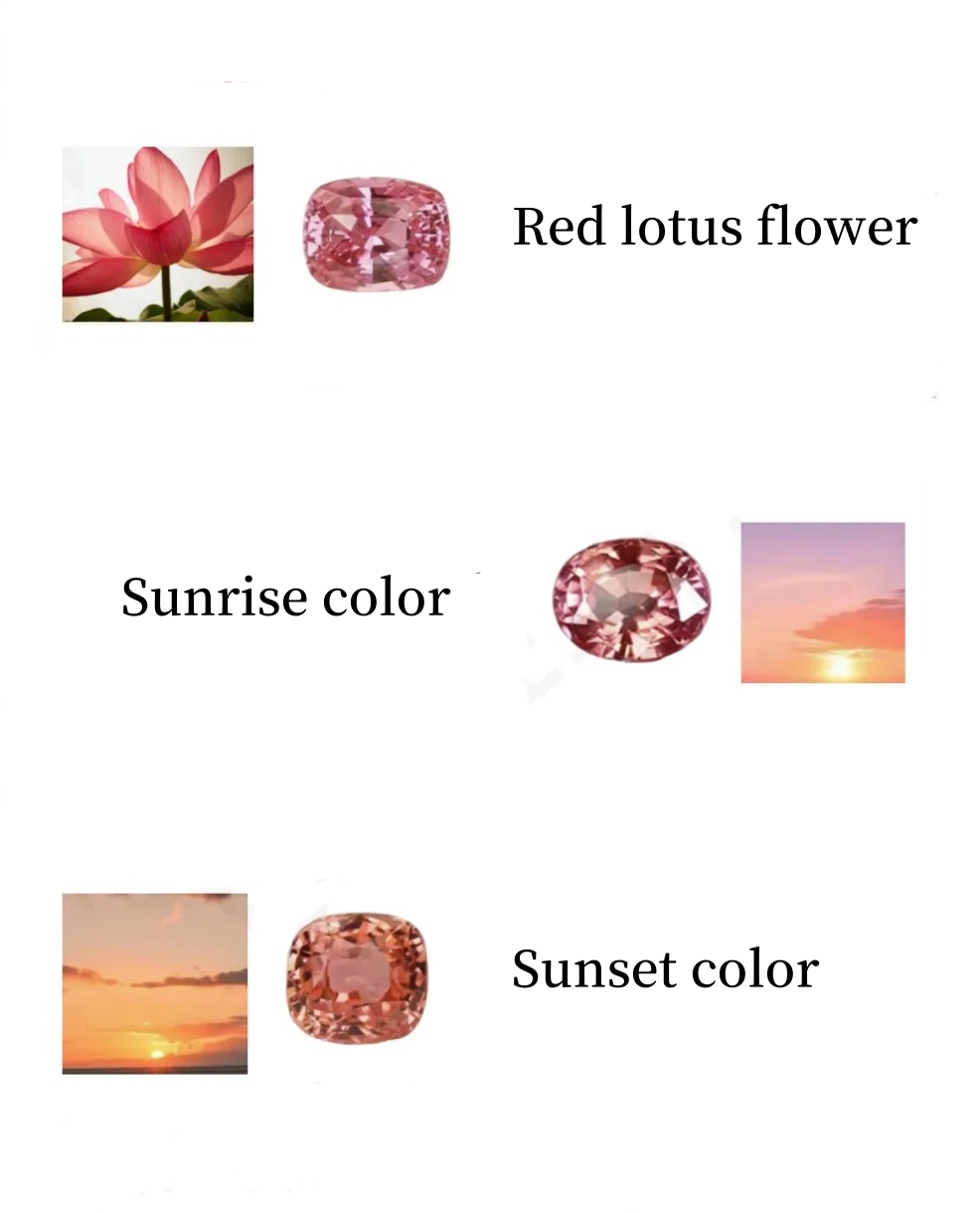
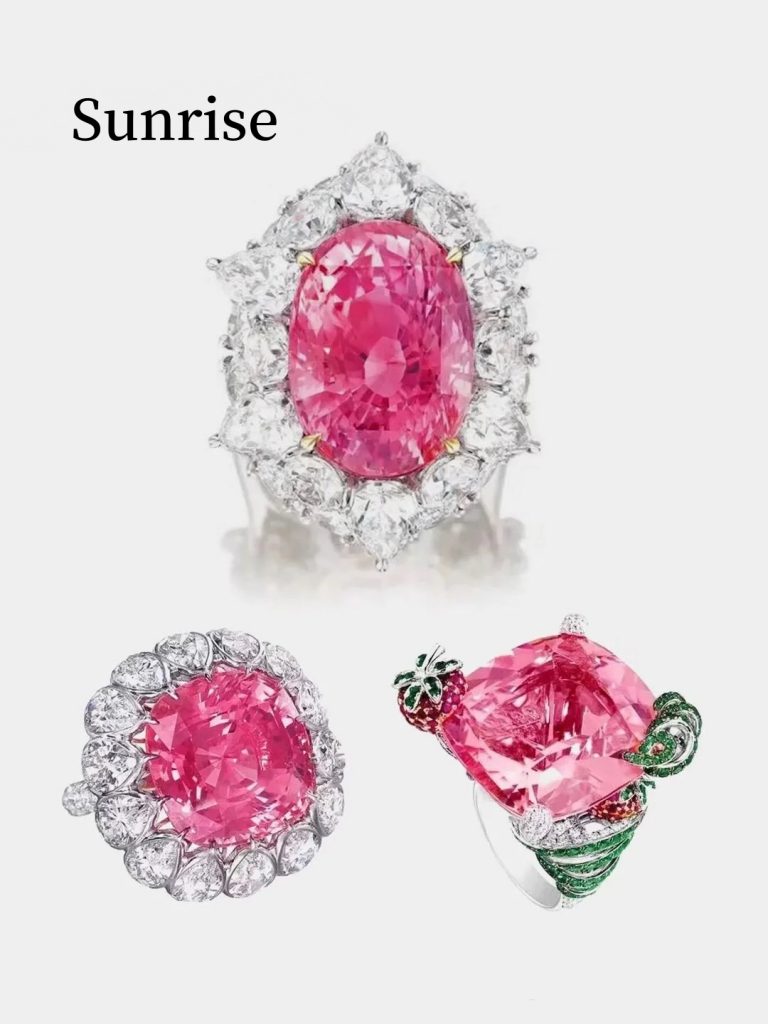
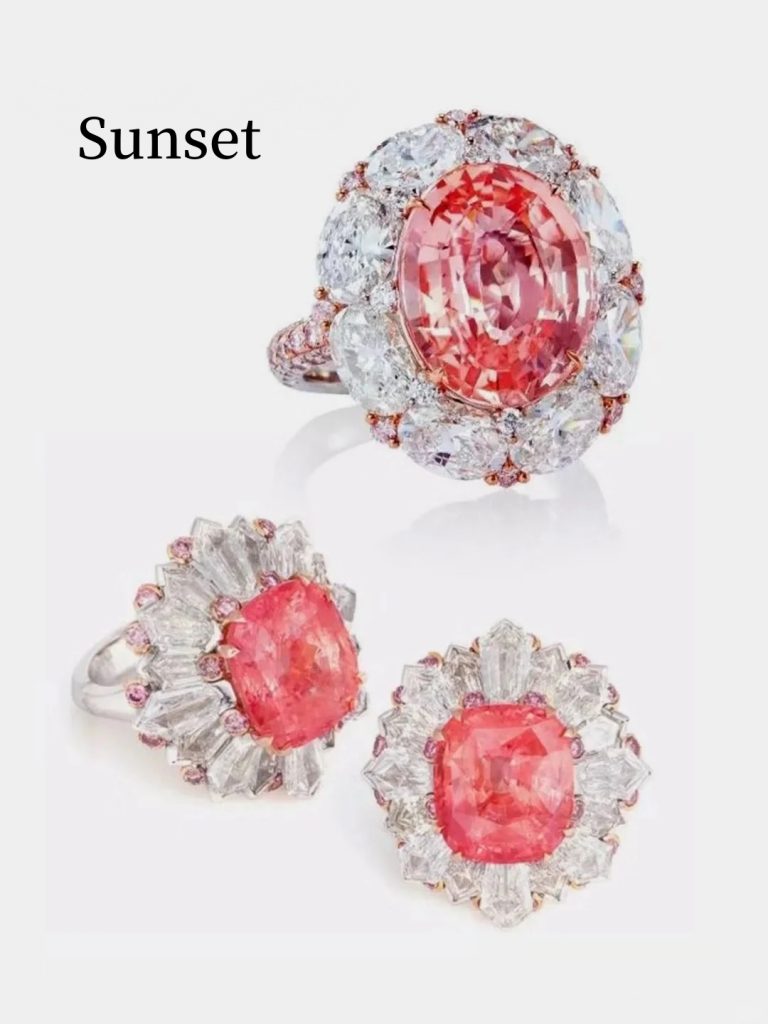
✨The most accepted criteria in the market today are PINKISH-ORANGE (orange with pink tones), 70% orange + 30% pink, with no inclusions.
✨The ideal color for padparadscha is 50% pink and 50% orange, but it is very rare.
✅Clarity
➡There are five grades of clarity in padparadscha, from the highest to the lowest: Flawless (FL), Internally Flawless (IF),Very Very Slightly Flawed(VVS), Very Slightly Flawed (VS), and Slightly Imperfect (SI).
👇Under 10x magnification:
- FL: Gemstones are free of any imperfections both internally and externally.
- IF: Gemstones are internally flawless and may have minor external flaws.
- VVS: Gemstones may have very small internal and external flaws that are difficult to detect with the naked eye.
- VS: The gemstone may have minor internal and external flaws that are not readily apparent to the naked eye.
- SI: Gemstones can have visible flaws on the inside and outside of the stone that are detectable to the naked eye.
✨The clarity level of Paparacha is categorized according to the above five levels, the higher the clarity the higher the value of the Paparacha.Saturation is also an important consideration, and the market value of Papalacha with higher saturation is also higher.
✅Optimization of padparadscha
➡Padparadschabelongs to the corundum group, with high hardness, high specific gravity and a main component of aluminum trioxide. Therefore, the most common optimization method is “Heated”. The international jewelry industry often uses “heated” and other methods to optimize the corundum in order to achieve perfect results.
➡The color of natural padparadscha is usually unevenly distributed, with a pinkish-white transition area between pink and orange. Heat-treated padparadscha has a uniform color tone and is processed at a lower temperature, commonly referred to as “H(heated)”, which is naturally optimized and results in a more consistent color.
✅Origin
➡Originally found only in Sri Lanka, the quality of the stone has since been discovered in Vietnam, Tanzania and Madagascar.
- Sri Lanka: In Sri Lanka, padparadscha is known as the “one in 50,000 miracle” and is more precious than the national stone. In the minds of Sri Lankan Buddhists, it is the ever-blooming lotus flower, symbolizing supreme purity and the purity and beauty of life.
- Madagascar: There are high quality padparadscha with very good color quality.
- Tanzania: Tanzanian padparadscha sapphires are slightly darker in color.
- Vietnam: The color of padparadscha from Vietnam is more similar to that of other origins.
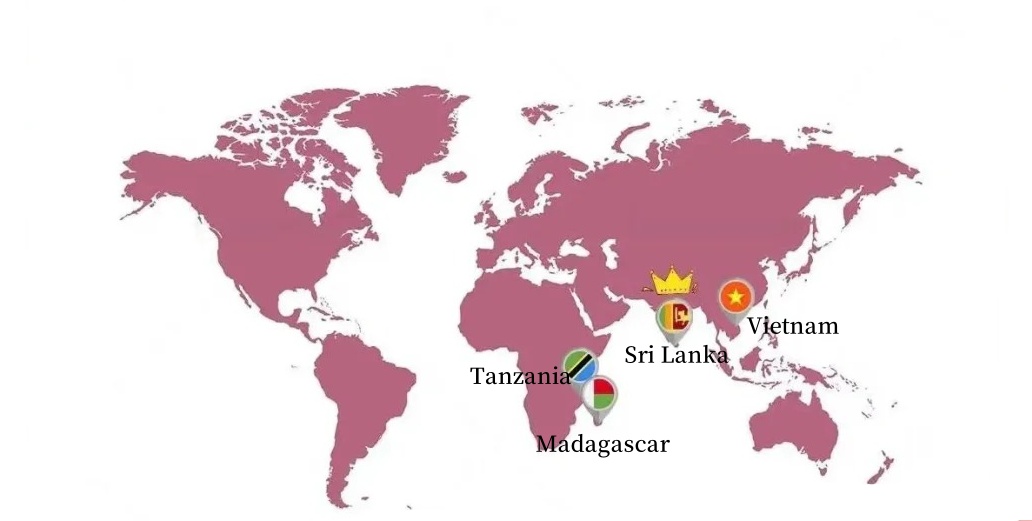
✅How rare padparadscha is ❓
➡The production of padparadscha is only 1% to 1.5% of the production of rubies, also known as the “miracle of one in 50,000”, and its color is unique. So rare, so precious.
✅How to take care of padparadscha❓
❌ Avoid knocks and bumps: save it in advance before intense outdoor sports or housework
❌ Avoid contact with chemicals:Chemicals can affect the stability of the surface of the padparadscha and cause damage
✔️ Regular Inspection:Regularly check the setting connection of your padparadscha jewelry, if it is loose, find a professional master as soon as possible to carry out a solid repair Oh!
✔️ Regular cleaning: you can send your beloved padparadscha jewelry to a professional jewelry store for cleaning and maintenance, you can use a fine soft brush at home to clean themselves, dry with a dry cloth can be dry
✔️ Separate storage: Different jewelry hardness is different, in order to avoid mutual wear and tear caused by loss, it is best that each piece of jewelry can be stored separately.
